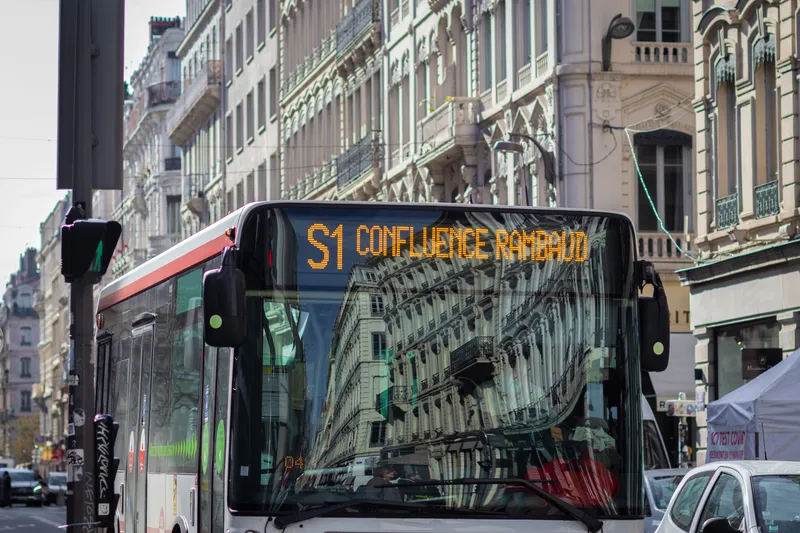Groupe ADP is trialling two electric driverless shuttles at France’s Charles de Gaulle airport until July 2018 to assess how automated vehicles (AVs) behave on a busy roadway. Keolis is operating the service and has partnered with autonomous shuttle designer, Navya.
The project is located at the airport’s business district, Roissypôle, and will test how these vehicles merge and pass within an extremely dense environment that includes pedestrians.
April 9, 2018
Read time: 1 min
Groupe ADP is trialling two electric driverless shuttles at France’s Charles de Gaulle airport until July 2018 to assess how automated vehicles (AVs) behave on a busy roadway. 6546 Keolis is operating the service and has partnered with autonomous shuttle designer, 8379 Navya.
The project is located at the airport’s business district, Roissypôle, and will test how these vehicles merge and pass within an extremely dense environment that includes pedestrians.
Both shuttles will connect the suburban train station to the Groupe ADP's headquarters.
These shuttles can carry up to 11 seated and four standing passengers and are said to be accessible to passengers with reduced mobility. The free service is designed to reach 25km/h on a 700m track. A separate on-demand shuttle service is available by scanning a QR code with a smartphone.










